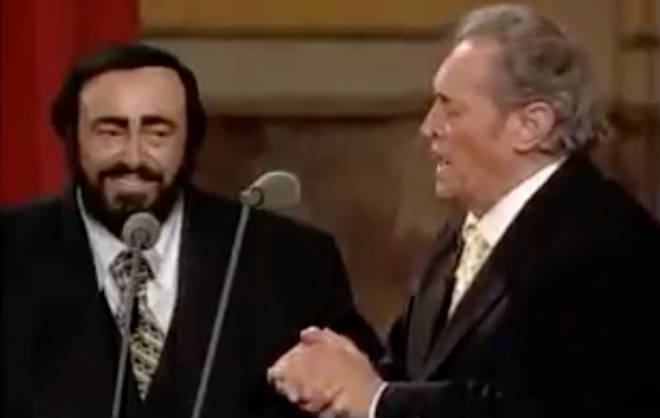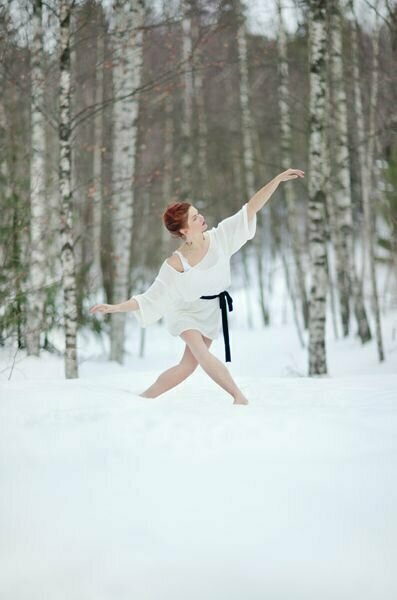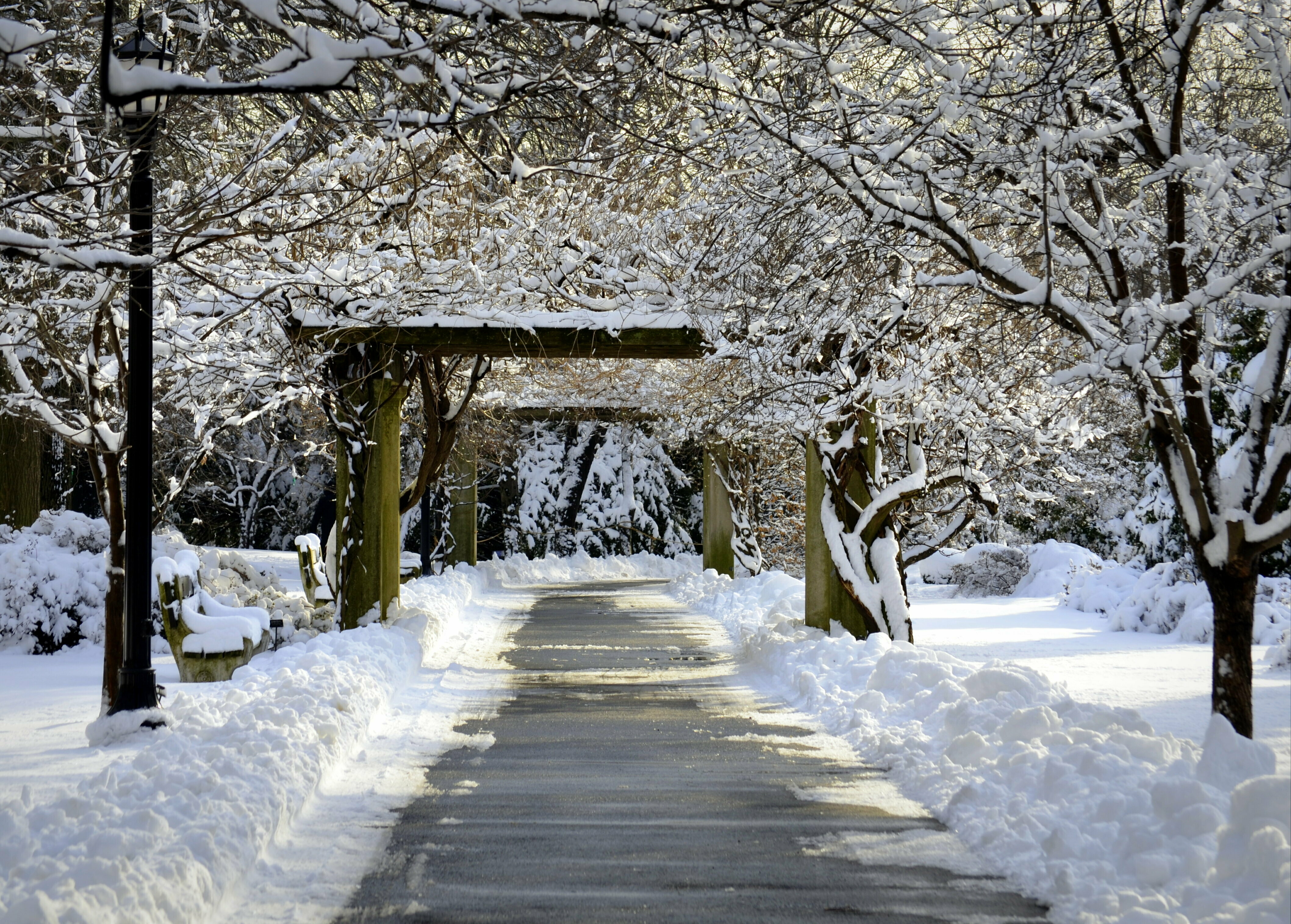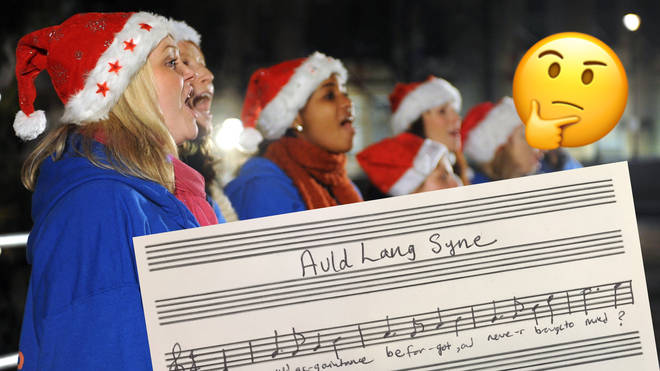It's all about the classical music composers and their works from the last 400 years and much more about music. Hier erfahren Sie alles über die klassischen Komponisten und ihre Meisterwerke der letzten vierhundert Jahre und vieles mehr über Klassische Musik.
Thursday, January 5, 2023
Just For You (Concerto) - Ernesto Cortazar - his music and his life
César Franck - his music and his life
César Franck was a composer, pianist, organist, and music teacher who worked in Paris during his adult life. In 1858 he became organist at Sainte-Clotilde, a position he retained for the rest of his life. He became professor at the Paris Conservatoire in 1872; he took French nationality, a requirement of the appointment. His pupils included Vincent d'Indy, Ernest Chausson, Louis Vierne, Charles Tournemire, Guillaume Lekeu and Henri Duparc. After acquiring the professorship Franck wrote several pieces that have entered the standard classical repertoire, including symphonic, chamber, and keyboard works.
Many of Franck's works employ "cyclic form", a method aspiring to achieve unity across multiple movements. This may be achieved by reminiscence, or recall, of an earlier thematic material into a later movement, or as in Franck's output where all of the principal themes of the work are generated from a germinal motif. The main melodic subjects, thus interrelated, are then recapitulated in the final movement. Franck's use of "cyclic form" is best illustrated by his Symphony in D minor (1888).
His music is often contrapuntally complex, using a harmonic language that is prototypically late Romantic, showing a great deal of influence from Franz Liszt and Richard Wagner. In his compositions, Franck showed a talent and a penchant for frequent, graceful modulations of key. Often these modulatory sequences, achieved through a pivot chord or through inflection of a melodic phrase, arrive at harmonically remote keys. Indeed, Franck's students report that his most frequent admonition was to always "modulate, modulate." Franck's modulatory style and his idiomatic method of inflecting melodic phrases are among his most recognizable traits.
Franck had huge hands, capable of spanning twelve white keys on the keyboard.[62] This allowed him unusual flexibility in voice-leading between internal parts in fugal composition, and in the size of the repeated chords which are a feature of much of his keyboard music. Of the Violin Sonata's writing it has been said: "Franck, blissfully apt to forget that not every musician's hands were as enormous as his own, littered the piano part (the last movement in particular) with major-tenth chords... most mere pianistic mortals ever since have been obligated to spread them in order to play them at all."
The key to his music may be found in his personality. His friends record that he was "a man of utmost humility, simplicity, reverence and industry." Louis Vierne, a pupil and later organist titulaire of Notre-Dame, wrote in his memoirs that Franck showed a "constant concern for the dignity of his art, for the nobility of his mission, and for the fervent sincerity of his sermon in sound... Joyous or melancholy, solemn or mystic, powerful or ethereal: Franck was all those at Sainte-Clotilde.
When Luciano Pavarotti sang with his 88-year-old father in an emotional duet
Updated: 3 January 2023, 19:55

By Kyle Macdonald, ClassicFM London
The touching moment when a father joined his son for a very special performance of a beloved sacred song.
When a former baker took to the stage with opera’s biggest star, it was a story about music spanning the generations.
Legendary tenor Luciano Pavarotti was born in 1935 in Modena, Northern Italy. His father, Fernando Pavarotti, was a baker, and his mother, Adele Venturi, a cigar factory worker.
Fernando Pavarotti was an amateur singer with a fine tenor voice. Years later, his son said Fernando had turned down the possibility of a singing career because of stage fright and nerves.
The family was poor in those early days, but his father’s passion for music opened a new world for his son. Luciano’s first encounters with singing and opera came through both his singing and listening to his father’s collection of albums from the great tenors of the day.
Luciano Pavarotti went on to study singing and began singing opera roles in the 1960s. Legendary breakthroughs at the Royal Opera House in London’s Covent Garden and New York’s Metropolitan Opera made a huge star of the opera world.
A few years later, thanks to the 1990 Football World Cup in Italy, The Three Tenors, and his always-glistening high notes, he became a true household name.
But he never forgot where he came from, or his musical roots.
In 2001, 88-year-old amateur tenor Fernando joined his son for a duet. Together they sang César Franck’s ‘Panis Angelicus’.
Nearing 90 years of age, Fernando’s best singing voice may well have been behind him. But it’s the looks of love and pride between the two of them that make this a very special moment of music.
They have duetted in previous years. Here’s another performance of the same sacred song, recorded in the cathedral of their home town in 1978 (watch below).
A baker who loved his music, and a tenor who changed the course of classical music. Two Pavarottis, bravo to you both.
Wednesday, January 4, 2023
Filipino American Symphony Orchestra - Star Spangled Banner (US) and Lupang Hinirang (Philippines)
Monday, January 2, 2023
Land of the Best Singers in the World - The Philippines | Female Category
Friday, December 30, 2022
Music and Nature Seasons: Winter
by Maureen Buja

Dancing in the snow
Tchaikovsky, stuck in the coldest north, created his first symphony on an idea that could accommodate both a cold and a warm season, his Winter Daydreams. The slow Adagio movement could be you sitting by the fire, curled into a blanket, or in a nice swaying rocker.

Brooklyn Botanical Garden in Winter
In the inverted summer/winter of Argentina, Piazzolla, in his Four Seasons of Buenos Aires, gave us a winter scene with dancing.
In England, Christopher Simpson’s Winter part of his four Fantasia Suites for viols, also takes us dancing.
Russian composers, however seem to be the ones who take us into the wrenching cold. As the chorus sings, the snow piles higher and higher.

Snow falling
Leonid Desyatnikov closes his 12 months of the Russian Seasons with a look back at the year.
It’s cold, but we’re inside and we can remember the year as it was.
Sergei Prokofiev’s ballet Cinderella included a Winter Fairy – one of the 4 season fairies who came to help Cinderella’s fairy godmother prepare her for the ball.
In his Children’s Corner Suite, even Claude Debussy included a work for the snow. As it falls, it seems to mesmerize the watcher – the light colour against the darkness of night and never stopping.

Sunset against the trees
British composer Thomas Adès set a set of 4 Latin songs as The Lover in Winter for countertenor and piano. Again, he’s able to invoke a cold feeling.
But perhaps we should close as we started, with a bit of Tchaikovsky. His famous ballet The Nutcracker remains for many people the definition of the winter season. It’s Overture, seeming to mix both the falling snow and the scurrying people preparing for the season captures so much of winter.
What are the lyrics to Auld Lang Syne, and what does Auld Lang Syne actually mean?
By Daniel Ross, ClassicFM
We all know Auld Lang Syne from bleary-eyed New Year’s Eve renditions, but have you ever wondered exactly what the words mean, and where they come from? And what about the tune?
Most of us will know ‘Auld Lang Syne’ from joyful New Year’s Eve festivities, joining friends and family in raising our voices to welcome in a new year, but how many people can truthfully say they know the words beyond the first verse?
As for the melody, it pre-dates any New Year’s celebrations as we know them, and has been used by the likes of Beethoven, Haydn, and even Cliff Richard.
What are the lyrics to Auld Land Syne?
First verse:
Should auld acquaintance be forgot,
and never brought to mind?
Should auld acquaintance be forgot,
and auld lang syne?
Chorus:
For auld lang syne, my jo,
for auld lang syne,
we’ll tak’ a cup o’ kindness yet,
for auld lang syne.
Second verse:
And surely ye’ll be your pint-stoup!
and surely I’ll be mine!
And we’ll tak’ a cup o’ kindness yet,
for auld lang syne.
Chorus
Third verse:
We twa hae run about the braes,
and pou’d the gowans fine;
But we’ve wander’d mony a weary fit,
sin’ auld lang syne.
Chorus
Fourth verse:
We twa hae paidl’d in the burn,
frae morning sun till dine;
But seas between us braid hae roar’d
sin’ auld lang syne.
Chorus
Fifth verse:
And there’s a hand,
my trusty fiere!
and gie’s a hand o’ thine!
And we’ll tak’ a right gude-willie waught,
for auld lang syne.

What does ‘Auld Lang Syne’ mean?
The most accurate plain English interpretation of the piece’s famous title is ‘Old long since’, or ‘For the sake of old times’.
The song itself is reflective in nature, and is basically about two friends catching up over a drink or two, their friendship having been long and occasionally distant.
The words were written by Scottish poet Robert Burns in 1788, but Burns himself revealed at the time of composing it that he had collected the words after listening to the verse of an old man on his travels, claiming that his version of ‘Auld Lang Syne’ marked the first time it had been formally written down.
However, an earlier ballad by James Watson, named ‘Old Long Syne’, dates as far back as 1711, and use of the title phrase can be found in poems from as early as the 17th century, specifically works by Robert Ayton and Allan Ramsay.
hat is the tune to ‘Auld Lang Syne’?
The tune is thought to stem from a traditional folk song, collected in the Roud Folk Song Index (it’s listed as #6294). The famous tune is loosely based on a pentatonic (five-note) scale, and has been borrowed and quoted by countless composers and writers.
Beethoven even wrote an arrangement of ‘Auld Lang Syne’ as part of his 12 Scottish Folksongs from 1814 (listen below).
One of the more unusual and most famous uses of the tune came in 1999 when Cliff Richard used the melody for his single ‘Millennium Prayer’, in which he sang the words of The Lord’s Prayer over the familiar tune.
When do people sing ‘Auld Lang Syne’?
‘Auld Lang Syne’ is most famously sung by revellers at the stroke of midnight on New Year’s Eve every year.
This tradition began in Scotland, where Hogmanay would be marked by the singing of the song while singers join hands to form a large circle.
Apart from New Year’s Eve, the song is also often sung at Burns Night celebrations, the Edinburgh Military Tattoo, at passing out parades for the Royal Navy, and for many other military bodies across the world.


